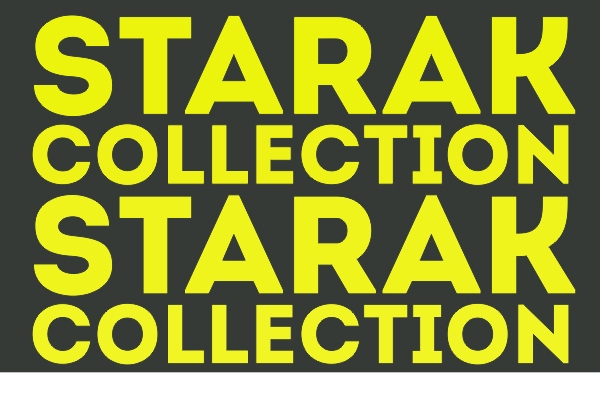Notes of a Visitor
Barry Schwabsky
Every country, every region, maybe even every city has its own art history. These histories always connect at some point or another; a cross-fertilization takes place that favors the unexpected. Then the distinct lines of development may grow more closely intertwined, perhaps so much so that they become practically indistinguishable. Or they may separate again, refreshed and reinvigorated. That’s why, as Donald Judd wrote in a 1964 essay significantly titled “Local History”—a sort of first draft of his more famous 1966 essay “Specific Objects”—”The history of art and art’s condition at any time are pretty messy. They should stay that way. One can think about them as much as one likes, but they won’t become neater; neatness isn’t even a very good reason for thinking about them. A lot of things just can’t be connected.”
That being the case, there can be no one global art history. It wouldn’t even be correct to speak of a single European history. And how boring things would be if there were. I was reminded of this truth when I visited the Starak Collection. Before my first visit to Warsaw, I knew little of modern Polish art before the turn of the twentieth century—a bit about Witkacy and Bruno Schulz, to whom I had been led by my literary interests (I consider Witkacy’s 1930 masterpiece Insatiability one of the pinnacles of the twentieth-century novel), a bit more about Katarzyna Kobro and Władysław Strzemiński—though in all cases mainly from books, not from the works themselves. More familiar at first hand were some artists who’d made their careers abroad, such as Roman Opałka or Wojciech Fangor (who late in life returned to his homeland). Even though I’d been lucky enough to see Tadeusz Kantor present The Dead Class in New York back in 1979, I had no idea of his significance as an artist as well as a man of the theater.
I should have realized that I was missing something. How likely was it, really, that the nation that had produced internationally influential literary poetry, novels, theater, and cinema had not been the scene of equally lively currents in painting and sculpture?
Far from the case, I realized, as I walked through the working environment of the Spectra building to discover the brooding color fields of Stefan Gierowski, the “indeterminism” of Ryszard Winiarski (whose works can appear to be moving clouds of visual information), or the eccentric figuration of Andrzej Wróblewski, whose too-brief career did not prevent him from becoming an essential witness to his time—to name just a few. It’s not just that these artists and others whose works I first encountered at the Starak Collection are now among my top “subjects for further research,” or that I’ve gotten better acquainted with some who I already knew to some extent, but that I have the framework through which I can begin to see them in context—among their peers and competitors, their teachers, friends, and students.
Thanks to the breath of this collection, I have a sense of the “local history” to be plumbed in order to better understand and appreciate a number of artists who by all means transcend the local. I’d recommend a visit this collection to anyone interested in the art of the twentieth century—and beyond. It’s an eye-opener.
